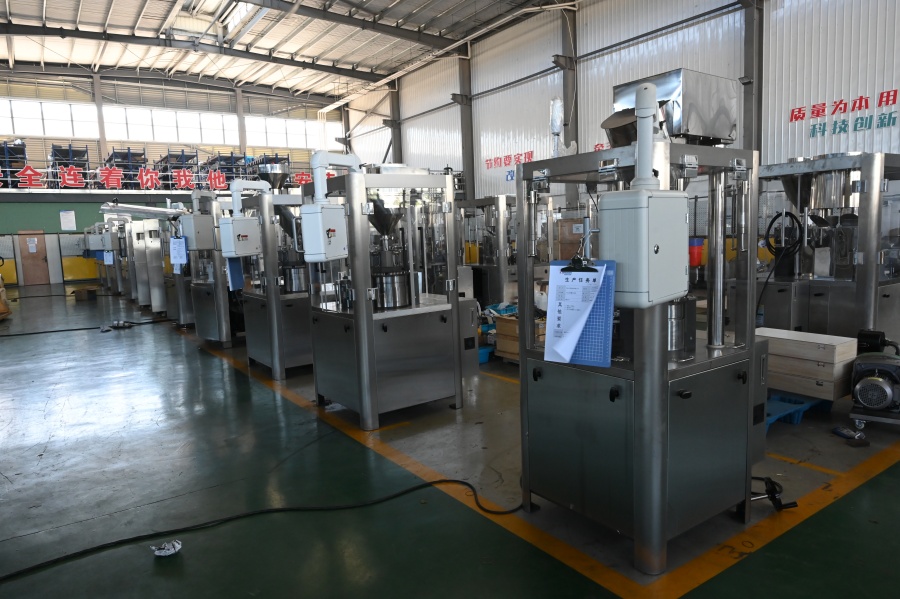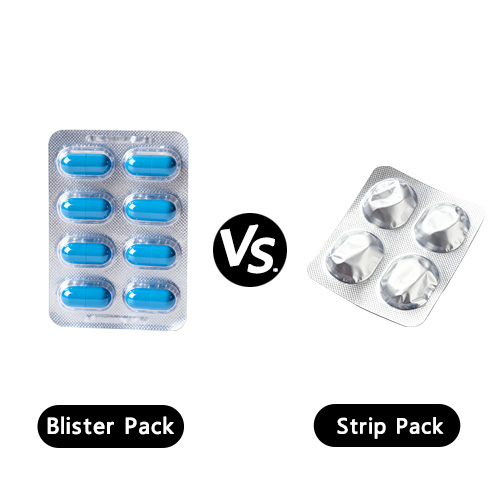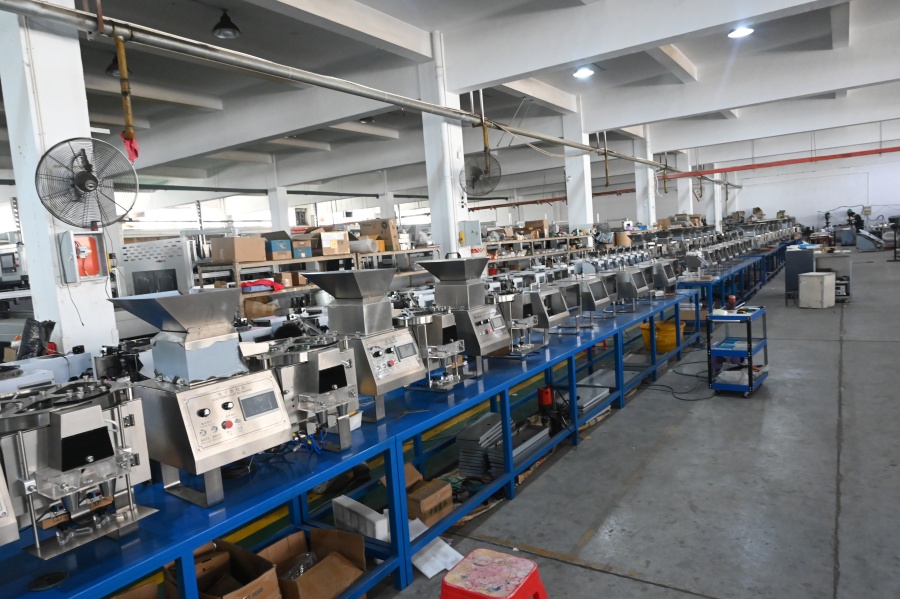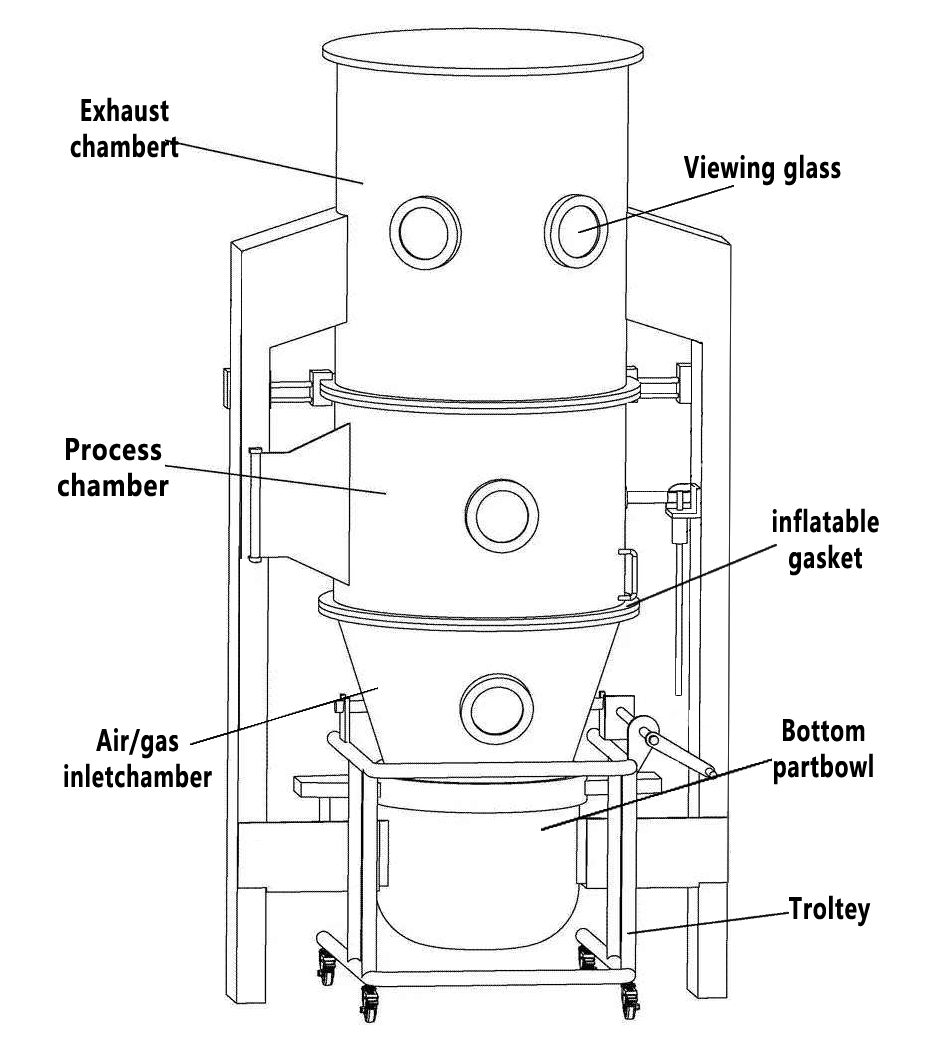Gone are the days of labor-intensive and error-prone manual packaging. Modern manufacturing demands speed, precision, and cost-effectiveness to stay competitive.
Inline packaging systems meet this challenge head-on by transforming the entire production process. These sophisticated systems are the backbone of successful manufacturing. This is because they can automate the process of filling, sealing, and preparing products for market with minimal human intervention.
But what exactly is an inline packaging system, what are its key components, and how does it transform production? Keep reading to find out.
Understanding Inline Packaging Systems

An inline packaging system is an automated setup that operates in a continuous, straight-line configuration. Products move along a conveyor belt from one machine to the next to complete each step of the packaging process.
It is an integrated system that performs multiple functions, including precise filling, sealing, labeling, and case packing.
Inline packaging is a popular choice due to its versatility and accuracy. These systems can significantly increase production speed while reducing labor costs.
Key Components of Inline Packaging Systems

An inline packaging system consists of a series of automated or semi-automated machines. Each machine on the line handles a specific task before smoothly passing the product to the next station. Let’s take a look at the key components of an inline packaging system.
1. Conveyor System
A conveyor system is the core component of inline packaging. It is a series of belts, chains, and precision grippers that move products from one machine to the next. This system is crucial for maintaining the sequential order and spacing of items. It ensures that each product arrives at the next station precisely at the right time for the next packaging step.
You can customize conveyor systems with guides and sensors to handle containers of various shapes and sizes.
2. Filling Machines
Filling machines are responsible for accurately feeding the product into the containers. These machines are engineered for precision and consistency. They minimize product waste and ensure each container holds the correct volume or weight.
In the pharmaceutical industry, for example, specialized automatic capsule filling machines precisely measure and fill capsules with medication.
3. Inspection Systems
Inspection systems are integrated into the line to maintain quality control. They use a combination of sensors, cameras, and scanners to verify that each product meets predefined standards. These systems can check a wide range of issues such as proper fill levels, correct label placement, presence of caps, and barcodes or batch codes.
4. Labeling Machines
Labeling machines apply labels to containers for branding, identification, and product information. They are highly precise and can apply different types of labels. For example, pressure-sensitive labels for brand information, and shrink sleeves that conform to the shape of the container. And wrap-around labels that cover the entire circumference of a bottle or jar.
5. Sealing and Packaging System
Sealing and packaging machines are a critical part of the inline system. Sealing machines close containers using various methods, such as capping or heat sealing. Packaging machines, on the other hand, prepare the items for shipping by grouping them into boxes or stacking them on pallets.
How Does an Inline Packaging System Work?
An inline packaging system operates like a finely tuned assembly line, with each step happening in a straight-line sequence. It is a continuous-automated process that is designed to work with minimal human intervention. Here is a step-by-step process of how an inline packaging system works:
1. Product Feeding
The process starts with the product feeding stage. Here, empty containers are automatically loaded onto the conveyor belt from a bulk hopper or unscrambling machine. This step maintains a continuous and orderly supply of containers to prevent bottlenecks and establishes the flow of the entire line.
2. Transport
The conveyor system transports containers in a straight path from one station to the next. It uses a series of synchronized belts and guides to position each container in a precise position. It also ensures perfect timing of each container’s arrival at the next machine. This seamless transport is important for the efficiency and accuracy of the entire operation.
3. Filling
At the filling station, containers are automatically filled with the product. Depending on the product, different types of filling machines are used to dispense a precise volume or weight.
For instance, liquids are often filled by gravity or piston fillers, while powders might use auger fillers. For pharmaceuticals, specialized machines fill tablets and capsules with precise dosages. The goal is to achieve consistent fill with minimal waste.
4. Capping and Sealing
After filling, containers move to the capping and sealing stage. Here, a machine automatically applies and secures a cap or seal. Such as, applying screw caps, snap-on lids, or heat seals. This step protects the product from contamination and leaks, and ensures its safety during storage and transport.
5. Labeling and Marking
The next step is labeling and marking. A labeling machine precisely applies pre-printed labels to the containers for branding, product information, and barcodes. Additionally, coding equipment often applies various numbers, such as a production date or an expiration date. All of this information is crucial for inventory management, traceability, and regulatory compliance
6. Case Packing and Palletizing
In the final stages, products are prepared for shipping. The case packing machine automatically groups individual products and places them into larger boxes or cartons. Following this, the palletizing machine stacks the sealed cases onto a pallet in a specific pattern. By now, the products are ready for storage and transportation without any manual labor.
Applications of Inline Packaging Systems
Inline packaging systems are an integral part of numerous industries. They are essential for preparing goods for the market, from daily consumables to specialized medical supplies. Here are a few key applications:
1. Pharmaceutical Industry
The pharmaceutical industry is one of the largest users of inline packaging systems. It is primarily due to the critical need for safety and precision. Inline packaging safely and accurately packs various medications, including different types of pills, capsules, tablets, and syrups.
The automation ensures consistent dosing and sterile packaging. It helps you meet strict regulatory guidelines, such as those from the FDA. Such packaging methods are also important for traceability, consumer safety, and the integrity of life-saving drugs.
2. Food and Beverages
Food and beverages heavily rely on inline packaging systems for high-speed, hygienic production. These systems fill and seal everything from bottled water and soft drinks to sauces, yogurt, and snack foods. It also allows for rapid changeovers to accommodate different products and container sizes.
3. Electronics
Inline packaging in the electronics industry facilitates the handling of sensitive and fragile components. For example, items like circuit boards, microchips, smartphones, and hard drives. The above products are delicate and susceptible to damage from static electricity or impact. Safe packaging practices protect them from such harm and speed up the delivery of consumer electronics to the market.
Ready to Transform Your Packaging? Partner with Finetech
If you are looking to enhance your manufacturing and production, inline packaging systems can be the perfect solution. From low-cost operations to meeting stringent safety standards, these versatile systems help you speed up your operations and reduce labor costs. They provide precision and accuracy at every step, guaranteeing product integrity and customer satisfaction.
To fully utilize these benefits, it is essential to partner with a trusted expert in packaging automation. At Finetech, we understand the unique challenges of modern manufacturing and the critical role that a reliable packaging system plays in your success.
As a one-stop solution for your pharmaceutical and other packaging needs, we offer a wide range of cutting-edge inline systems. Discover our solutions today to optimize your production line and gain a competitive edge.
FAQs
1. What is the difference between an in-line and a monoblock packaging system?
An in-line system is a straight-line assembly of separate machines, each performing a specific task. This design offers greater flexibility for future upgrades or modifications. A monoblock system, on the other hand, integrates all packaging functions onto a single, compact machine. This system saves floor space but is less adaptable.
2. How does an inline packaging system reduce costs?
Inline systems significantly lower the need for manual labor, which decreases labor expenses and the potential for human error. Additionally, the high speed of these systems boosts production output, leading to a lower cost per unit.
3. Can an inline packaging system handle different products and container sizes?
Yes, a key advantage of inline systems is their versatility. With minor adjustments or changeover parts, you can configure a single line to handle various container shapes and sizes. This flexibility makes them a cost-effective solution for companies that produce a diverse range of products.
Recommend Readings:
Bottling Line Manufacturers From China, USA, Germany, Italy, and France: Quick Overview.




